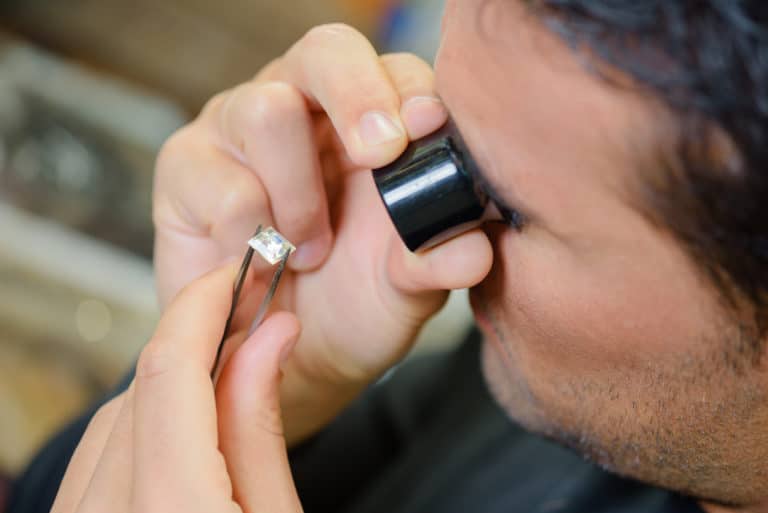By Joel Hassler, ICGA
Just the other day I was talking with a very close friend who is a dental hygienist. While I know “what” she does, I never realized just “what” she did throughout a patient visit, although I have seen a dental hygienist nearly 100 times before over a few decades. So, after some questions and assumptions on my part, she decided to give me a step-by-step photographic “ride-along” of what her day entails. Do not worry, no pictures of the actual patient or any confidential information (or anything that would ruin my lunch). There were so many more steps in the process and pieces of equipment than I expected and things I would have never thought about.

The next day I had encountered a similar situation within my own career as an appraiser. I had to explain to one of my customers that I could not appraise eleven pieces of jewelry in an hour. As I started to explain the process, I thought back to the conversation I had with my friend. Here I was with a customer that had not had anything appraised before and had no idea what to expect. This can be an even more complicated process if the appraiser is not taking in all the appraisals and other store associates are helping answer a customer’s questions.
I read something a few days back that estimated 95% of the jewelers doing appraisals have no formal training. Some days I think that number is too low.
The more detailed an appraisal is, the better chances a customer will be able to replace the item they had as best possible and give the insurance company less wiggle room. Less detail means the replacement item might not be properly replaced.
So, I messaged her and said I would do the same for her to help explain what exactly I did with each customer.
- Check each piece for any damage and address repairs and cleaning
- Photograph each piece and edit/crop the picture for use in the report
- Test each piece for metal fineness
- Weigh each piece
- Describe each piece verbally
- Grade gemstones for quality
- Market research or cost calculations
More steps go into the process, and it changes for each piece. I showed pictures of some of the equipment and how we use it and the results we hope to get from using it.
As the day went on, I realized that I was even forgetting or not appreciating the effort that went into each piece. That is something many appraisers tend to do from time to time.
Unfortunately, the public has sometimes been mistakenly misled to believe that any jeweler can do appraisals just by “being in business a long time.” The other day a customer brought in a piece to be appraised. My appraisal came back 25% less than the last one she had 10 years ago. She wanted an explanation. I told her I cannot really comment on another appraiser’s work, but I would be happy to look at the previous appraisal and see if I could find where we might have varied in our opinions.
It was easy when I could point out the previous appraisal did not have any diamond qualities or weights. Just the number of diamonds and their millimeter dimensions. Little to no detail at all. No gemological or appraisal training. It was a single-page report with the typical “we are not responsible for anything we’ve done” disclaimers. She proceeded to pull out more appraisals totaling $200,000 worth of jewelry. You guessed it, same lack of information. She was more than disappointed and had some choice words for that jeweler.
Having your jewelry appraised by a professional appraiser can help save you heartache if your jewelry is lost or stolen. Did you know that there are less than 300 Certified Gemologist® Appraisers (CGAs) in the world? To find a credentialed American Gem Society appraiser near you, click here.